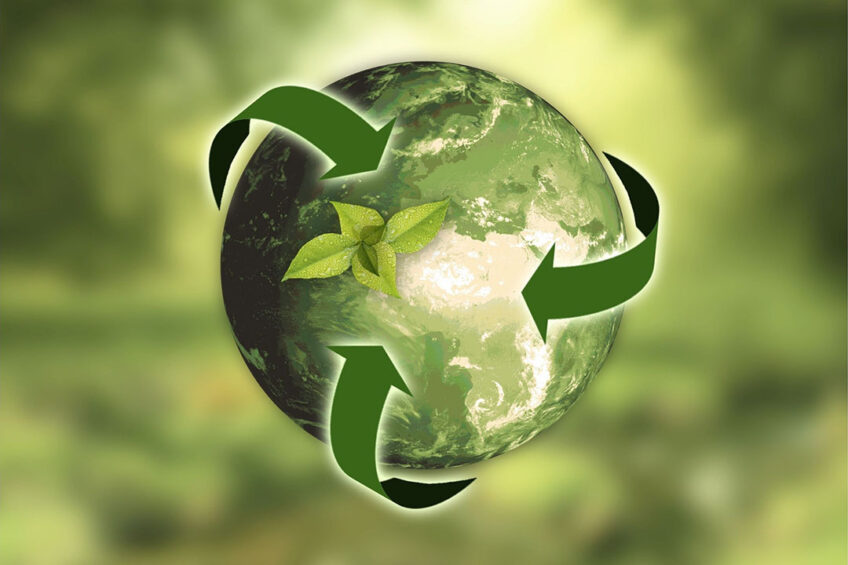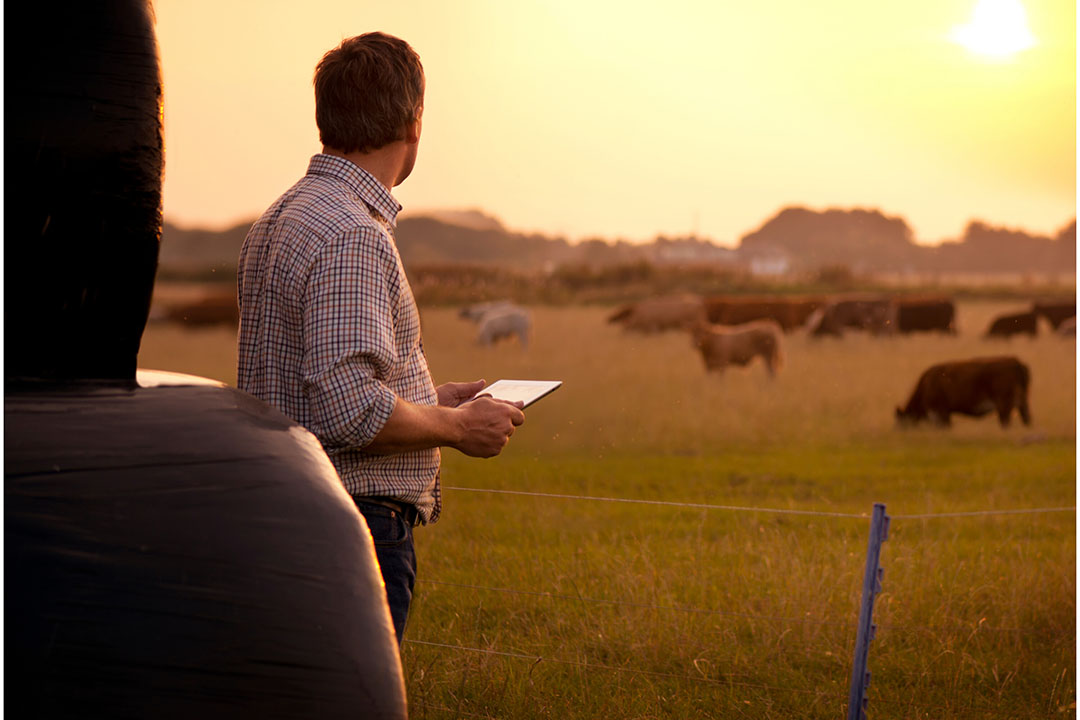Welfare & sustainability: A balancing act for global dairy

Consumers are increasingly concerned with the manner in which food is brought to the table. They want to be assured that both the environment and animals are being cared for at every step of the food supply chain.
Though farmers do an amazing job of caring for their land and animals, they understand they are under the critical eye of the public. They understand their efforts to produce food that will feed the world must be increasingly efficient and also balance concerns about the environment and animal welfare.
Fortunately, over the years, progress in production agriculture has come in a variety of modes.
Many good production practices – especially those to improve sustainability and animal welfare – are complementary. Efforts to improve one often improve the other. They are accomplished through many facets, including the technology used to monitor and collect data or animal genetics to produce better quality food with less resources and greater welfare measures.
Making food go further
Despite these accomplishments, farmland availability continues to decrease. Climate-related challenges increase. And the world population grows. All this leads to a situation that demands increased productivity using fewer resources.
One way livestock farmers work toward this goal is by incorporating by-products in livestock rations. This practice repurposes products, taking advantage of resources already used rather than wasting them. This sustainability effort is explained in the article Recycling food leftovers in feed as opportunity to increase the sustainability of livestock production, published in the Journal of Cleaner Production.
Repurposing ingredients also eases competition for food between livestock and humans and reduces emission outputs needed to produce additional feed.
The availability of by-products varies by location and product, so farmers work with local manufacturers to secure feed for their animals.
Techniques to reduce livestock greenhouse gas emissions may also increase livestock productivity and resilience.
The dairy industry’s carbon footprint
Transportation, housing and food production and delivery all contribute to the emission of greenhouse gas (GHG) and contribute to individual and global carbon footprints.
Food production alone makes up roughly a quarter of these GHG emissions, according to the US Environmental Protection Agency (EPA). This figure includes GHG released to grow, farm, transport, cook and dispose of all leftovers. Meat, cheese and eggs rank at the top for carbon footprint, while fruits, veggies, beans and nuts fall toward the bottom.
Raising livestock has a strong impact because the conversion of plant biomass by animals leads to loss of energy. Selecting appropriate feeds for diet formulation can influence efficiency and assist in waste reduction.
Boosting feed efficiently by increasing an animal’s weight gain or production can be difficult. But because it is necessary, agriculture continues its effort to research, better use resources, and innovate. In the article, Reducing Livestock Greenhouse Gas Emissions, for Western Australia’s Department of Primary Industries and Regional Development, Mandy Curnow writes:
“Techniques to reduce livestock greenhouse gas emissions may also increase livestock productivity and resilience. These technologies are more likely to reduce the intensity of emissions, rather than total emissions. Opportunities to benefit financially from creating offsets may be limited.”
As well, Curnow cautions that there are points where being sustainable may have no economic reward.
For example, she explains that in methane production, energy is lost from digestive processes. It is estimated that ~7-10% (~4% for feedlot animals) of a ruminant’s energy intake is lost through enteric fermentation.
Likewise, being able to improve digestibility of feed stuff and reducing its conversion ratio will aid in sustainability, as feed represents approximately 60% of production costs and can contribute ~80% to the overall footprint of animal production.

Air quality concerns
Another concern among consumers is quality of life for people and animals. Air quality is a major factor and falls under the scope of environmental concerns. Air quality is measured by particulate matter which are solid or liquid particles. The Environmental Protection Agency notes that particulates can be large and dark, making them visible enough to see, or they can be microscopic and unable to be visibly seen. The smaller they are, the deeper they can penetrate into the lungs.
Dairy production contributes to these particulates from practices like improperly managed manure, emissions from equipment and machinery, methane gas and excessive dust or agrochemical residue. In barns and other buildings with improper ventilation, this poses a serious risk to animal welfare and employee safety. Excessive pollution and GHG emissions like methane also contribute to climate change.
Sustainability for cows and people is a balancing act
There are inevitable trade-offs that come from balancing welfare and sustainability with production. Wisdom is knowing when trade-offs are beneficial and necessary and when they will do more harm than good. Reducing emissions via dietary changes is a great example of striking a balance. In her article, Curnow notes there is potential in current livestock trials to research dietary supplements and feed alternatives to reduce emissions. Being able to find alternatives that aid in the digestive process to efficiently improve weight gain or maintain high production may help balance the food supply. But vitality will also have to be evaluated.
To supplement the feeding side of emissions, farmers practice methods that increase the soil’s ability to store carbon, such proper grazing, tillage and cropping techniques.
Another way that dairies are working to reduce air pollution is through equipment and other production practices. These include the use of electric vehicles, recycling methane gas with manure digesters and other sources of more sustainable energy. Many of these changes, while intensive to implement, can be done in a way that doesn’t hinder welfare or interrupt the animals’ day-to-day lives.



